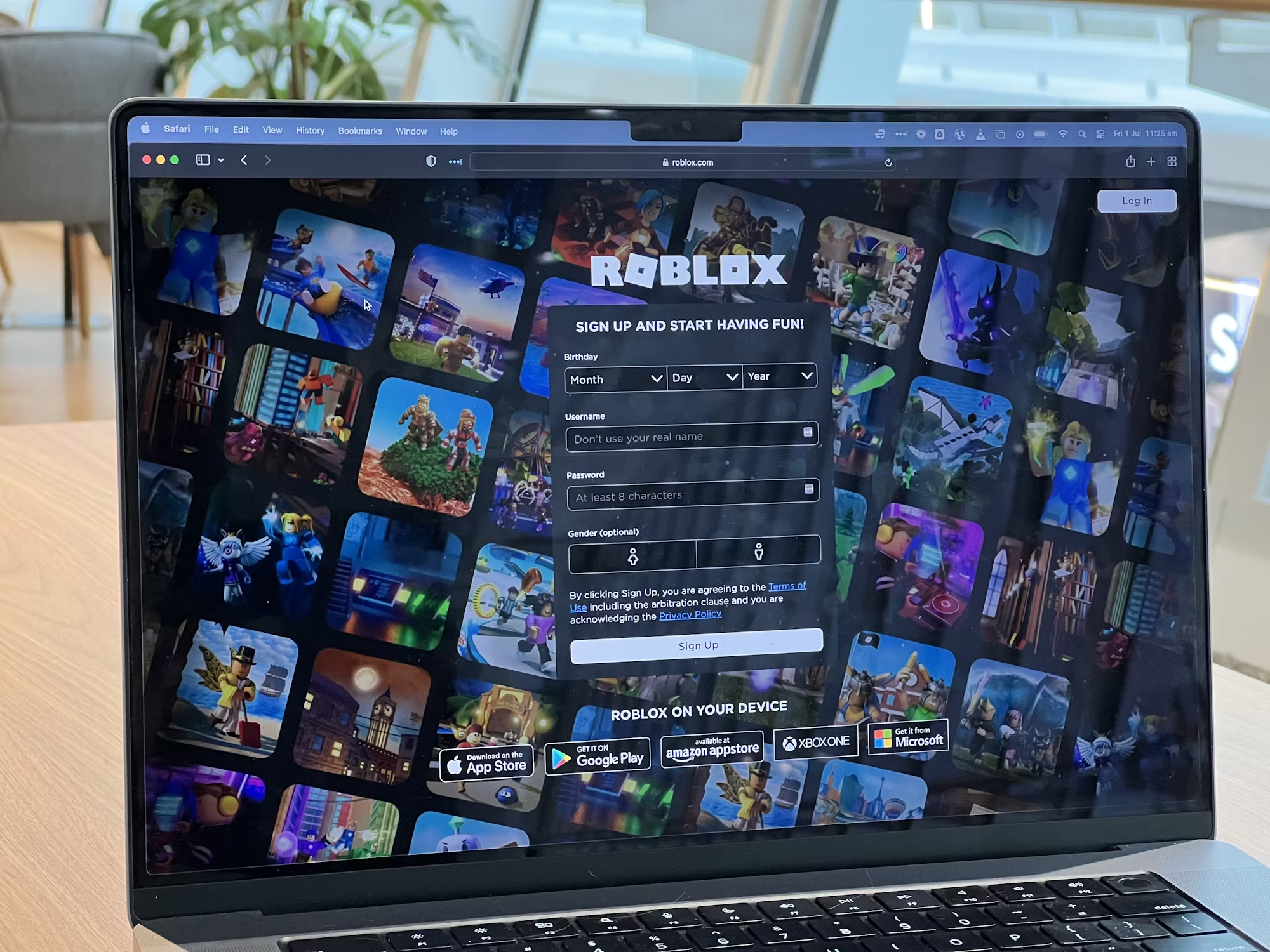Mobile gaming has experienced an unprecedented transformation over the past two decades, evolving from simple games played on basic cell phones to complex, immersive experiences available on smartphones and tablets. This article explores the evolution of mobile gaming, focusing on its rapid growth, the technological advancements that have driven this change, and the potential future of gaming on mobile devices.
The Beginnings of Mobile Gaming
The origins of mobile gaming can be traced back to the late 1990s, when simple games like Snake became popular on Nokia phones. These games were rudimentary, featuring basic graphics and straightforward gameplay. However, they laid the groundwork for a burgeoning industry, demonstrating that mobile devices could be more than just communication tools—they could also serve as platforms for entertainment.
As technology advanced, so too did the capabilities of mobile devices. The introduction of color screens, improved processors, and graphical interfaces expanded the possibilities for game developers. By the early 2000s, mobile gaming was gaining traction, with the launch of Java-based games that could be downloaded to phones. However, the real turning point came with the advent of smartphones.
The Smartphone Revolution
The launch of the iPhone in 2007 marked a significant milestone in mobile gaming. With its touchscreen interface and access to the App Store, the iPhone opened up a new world of possibilities for developers and players alike. Games like Angry Birds and Fruit Ninja quickly became cultural phenomena, showcasing the potential of mobile gaming to a wider audience.
Following Apple’s lead, Android devices soon emerged as major players in the mobile gaming market. The competition between iOS and Android led to a rapid increase in the quantity and quality of available games. This shift not only attracted casual gamers but also drew in hardcore gamers, who were looking for more sophisticated experiences on their mobile devices.
Technological Advancements
The evolution of mobile gaming has been closely tied to technological advancements. Modern smartphones are equipped with powerful processors, high-resolution displays, and advanced graphics capabilities that rival traditional gaming consoles. These improvements have allowed developers to create rich, engaging experiences that were previously only possible on more powerful platforms.
In addition to hardware improvements, advancements in software have also played a crucial role. The rise of game engines like Unity and Unreal Engine has made it easier for developers to create high-quality games for mobile devices. These engines provide tools that allow for cross-platform development, enabling developers to reach a broader audience without sacrificing quality.
Moreover, cloud gaming technology is beginning to make its mark on mobile gaming. Services like Xbox Cloud Gaming and NVIDIA GeForce Now allow players to stream games directly to their devices, effectively transforming mobile phones into portable gaming consoles. This technology promises to enhance the gaming experience by allowing players to access high-quality titles without the need for extensive downloads or installations.
The Social Aspect of Mobile Gaming
Another significant factor contributing to the growth of mobile gaming is its social component. Many mobile games incorporate social features, allowing players to connect with friends, share achievements, and compete on leaderboards. This emphasis on social interaction has helped foster a sense of community among mobile gamers, making the gaming experience more engaging and enjoyable.
Games like Pokémon GO exemplify this trend, combining mobile gaming with real-world exploration. By encouraging players to go outside and interact with their surroundings, Pokémon GO created a unique social experience that captivated millions worldwide. Such games demonstrate how mobile gaming can transcend traditional boundaries, fostering social connections in innovative ways.
The Impact of Mobile Gaming on the Industry
The rise of mobile gaming has had a profound impact on the gaming industry as a whole. It has created new opportunities for developers, allowing small indie studios to reach a global audience with minimal investment. The mobile gaming market has also generated significant revenue, often surpassing traditional gaming sectors, leading to increased investment and interest in mobile titles.
Additionally, the success of mobile games has prompted traditional gaming companies to explore mobile adaptations of their franchises. Iconic titles like Call of Duty and Fortnite have expanded into the mobile space, catering to a growing audience that prefers gaming on the go. This trend highlights the need for established companies to adapt to the changing landscape of gaming.
Challenges Facing Mobile Gaming
Despite its rapid growth, mobile gaming faces several challenges. One of the most significant concerns is the prevalence of monetization strategies that can lead to player frustration. Many mobile games rely on microtransactions and advertisements, which can disrupt gameplay and detract from the overall experience. Balancing monetization with player satisfaction is a challenge that developers must navigate carefully.
Another challenge is the fragmentation of the mobile market. With a vast array of devices and operating systems, developers must ensure their games run smoothly across different platforms. This can complicate the development process and impact the quality of the gaming experience.
The Future of Mobile Gaming
Looking ahead, the future of mobile gaming is filled with potential. As technology continues to advance, we can expect even more sophisticated gaming experiences on mobile devices. The integration of augmented reality (AR) and virtual reality (VR) into mobile gaming is already underway, offering players immersive experiences that blend the digital and physical worlds.
Furthermore, the rise of 5G technology will likely enhance mobile gaming by providing faster download speeds and reduced latency. This improvement will make streaming high-quality games more feasible, expanding the range of possibilities for mobile gaming.
Conclusion
Mobile gaming has come a long way since its inception, transforming into a vibrant and dynamic sector within the gaming industry. With advancements in technology, a focus on social interaction, and the ability to adapt to player preferences, mobile gaming is poised for continued growth. While challenges remain, the potential for innovation and creativity in this space is vast. As mobile devices become even more powerful, the future of gaming on the go promises to be an exciting journey for players and developers alike.
